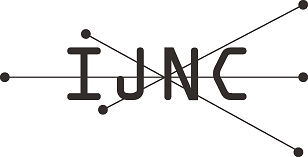Algebra of Synchronization with Application to Deadlock and Semaphores
Abstract
Modern multiprocessor architectures have exacerbated problems of coordinating access to shared data, in particular as regards to the possibility of deadlock. For example semaphores, one of the most basic synchronization primitives, present difficulties. Djikstra defined semaphores to solve the problem of mutual exclusion. Practical implementation of the concept has, however, produced semaphores that are prone to deadlock, even while the original definition is theoretically free of it. This is not simply due to bad programming, but we have lacked a theory that allows us to understand the problem. We introduce a formal definition and new general theory of synchronization. We illustrate its applicability by deriving basic deadlock properties, to show where the problem lies with semaphores and also to guide us in finding some simple modifications to semaphores that greatly ameliorate the problem. We suggest some future directions for deadlock resolution that also avoid resource starvation.
Keywords
synchronization; deadlock; algebra; semaphore
Full Text:
PDFRefbacks
- There are currently no refbacks.
